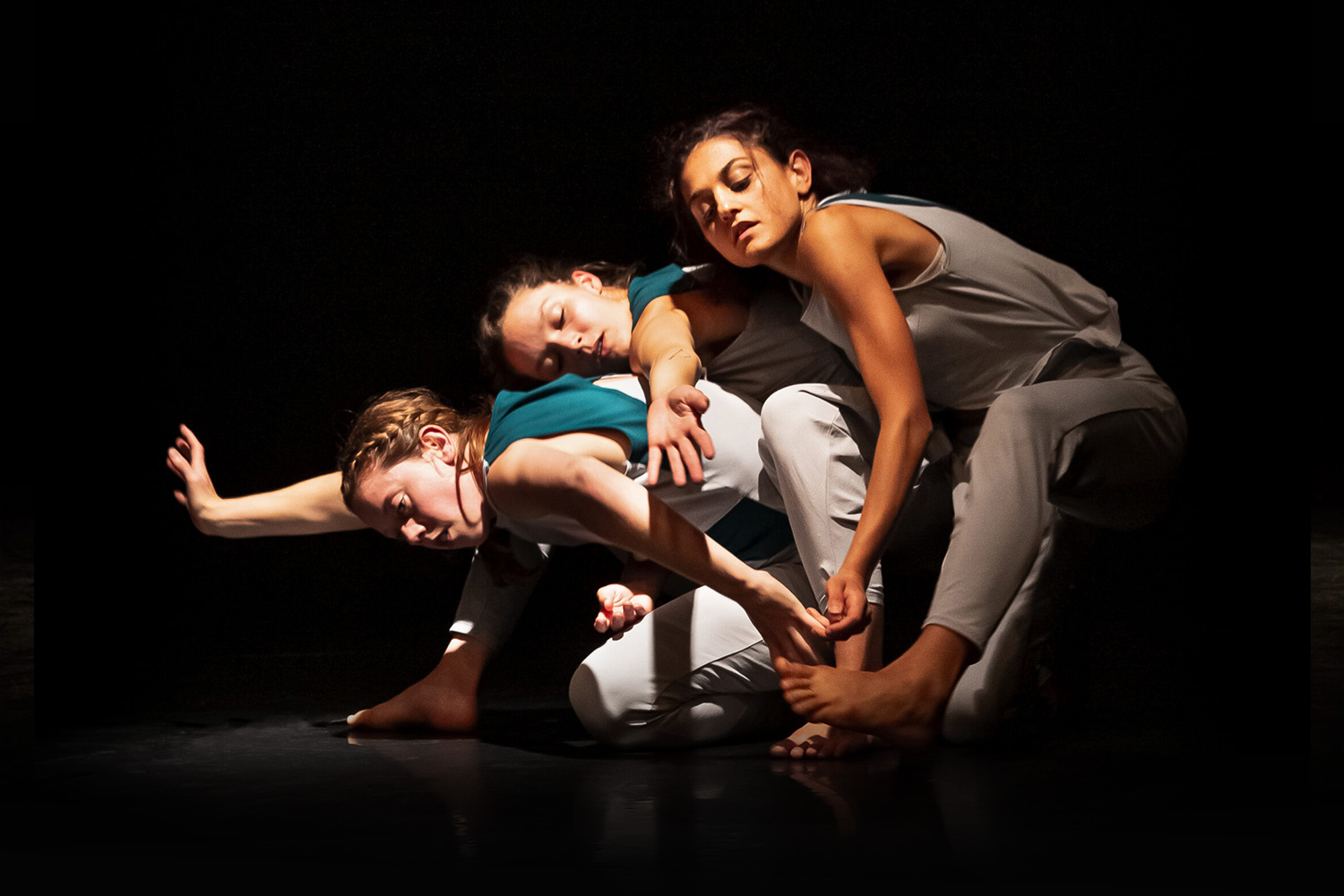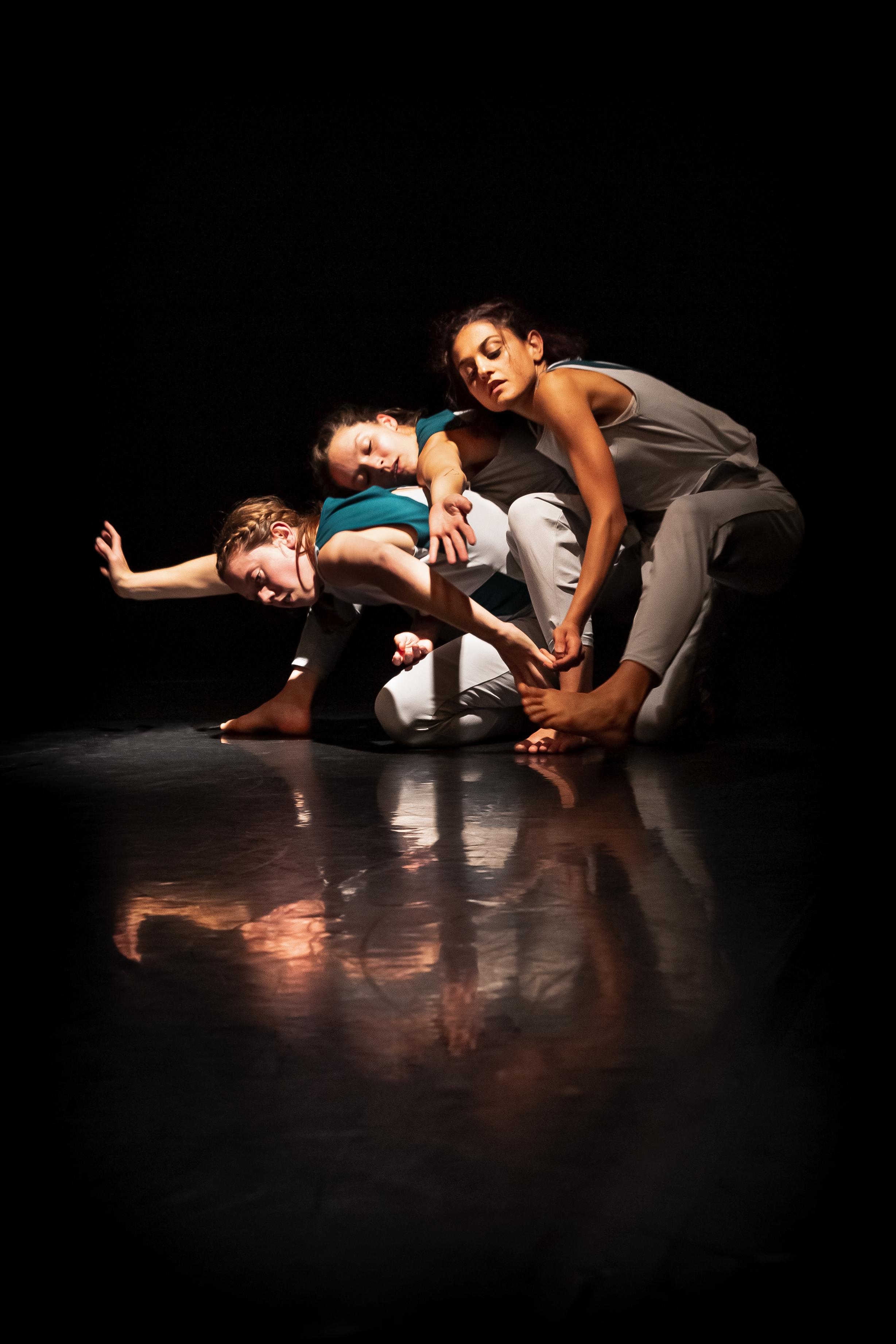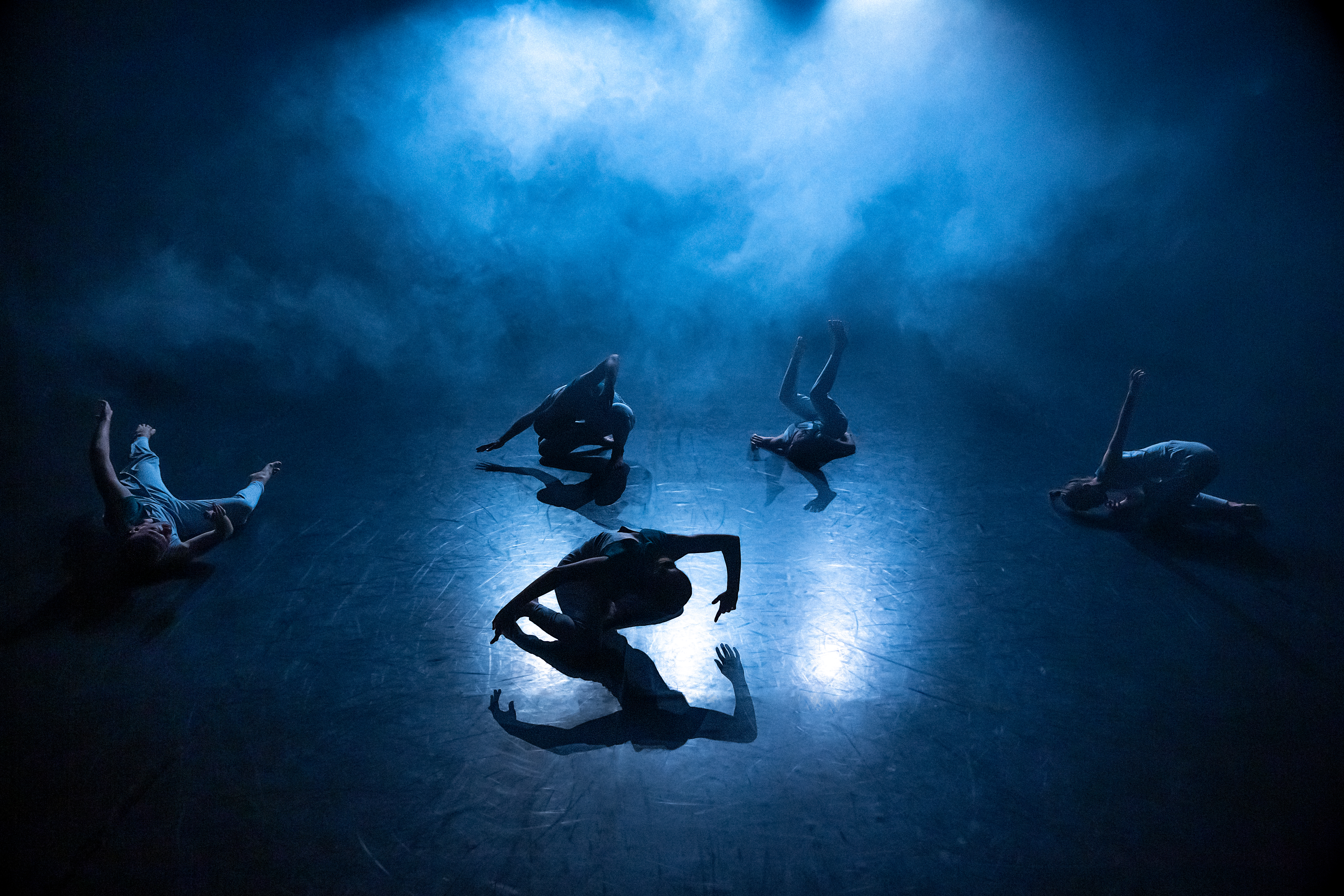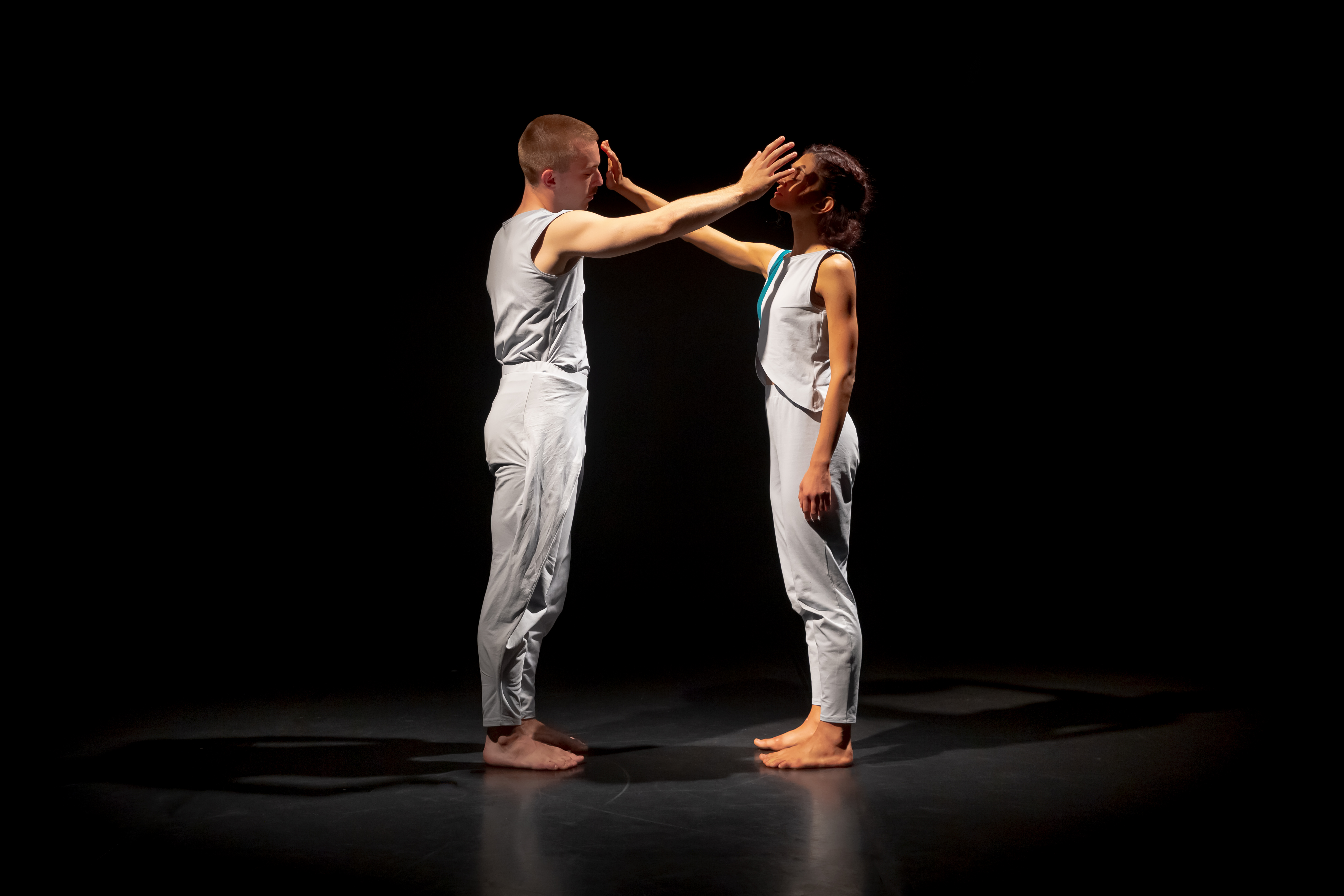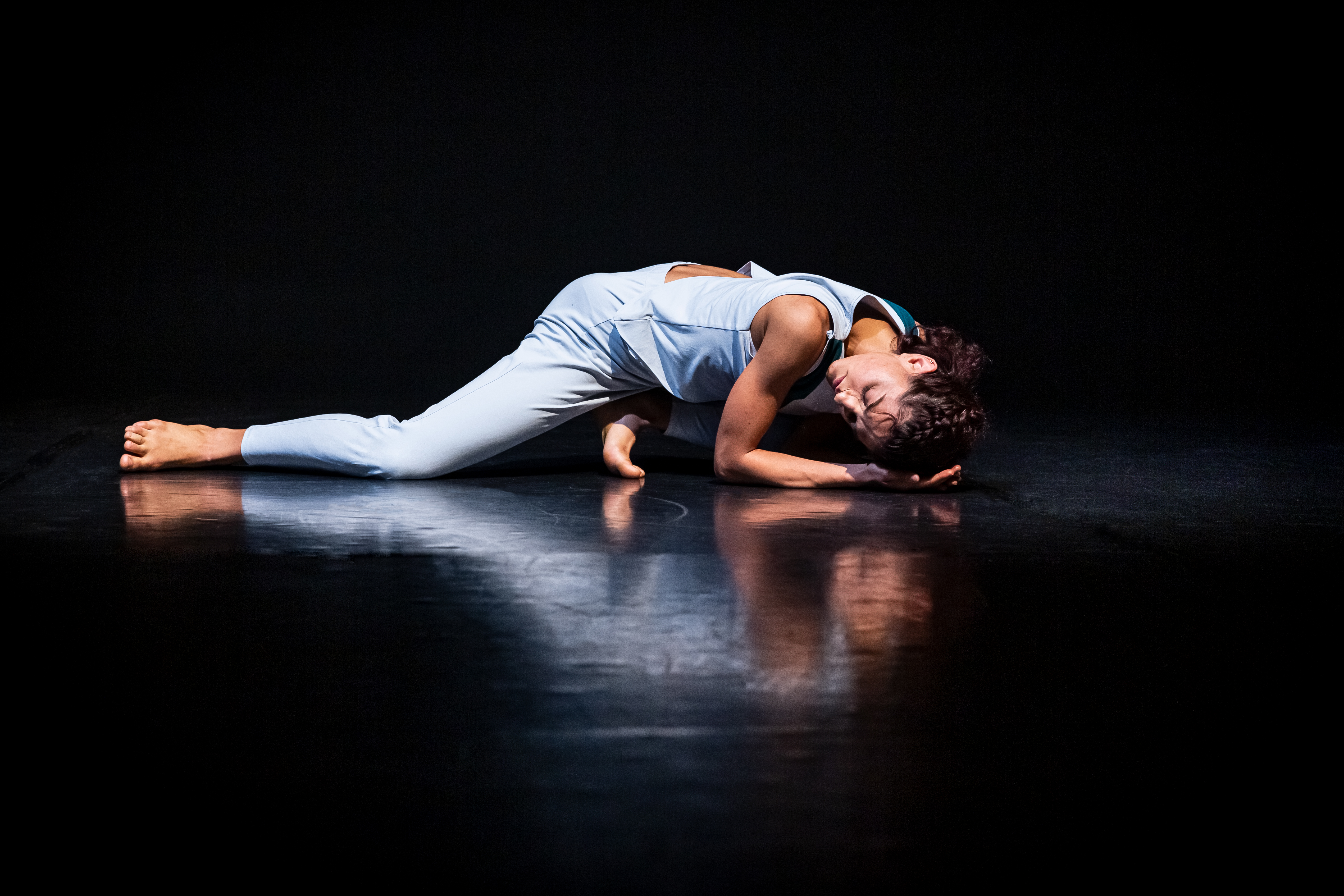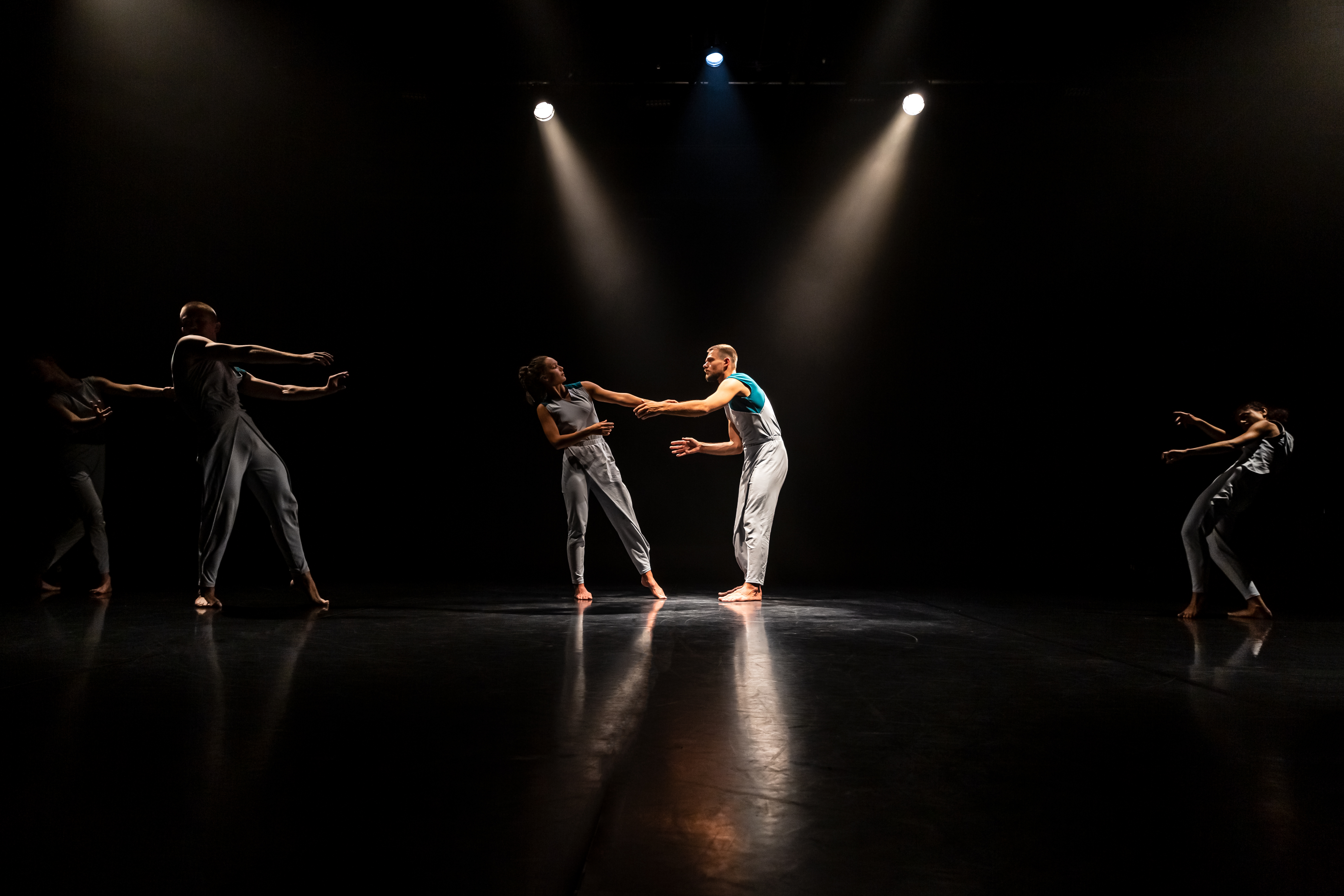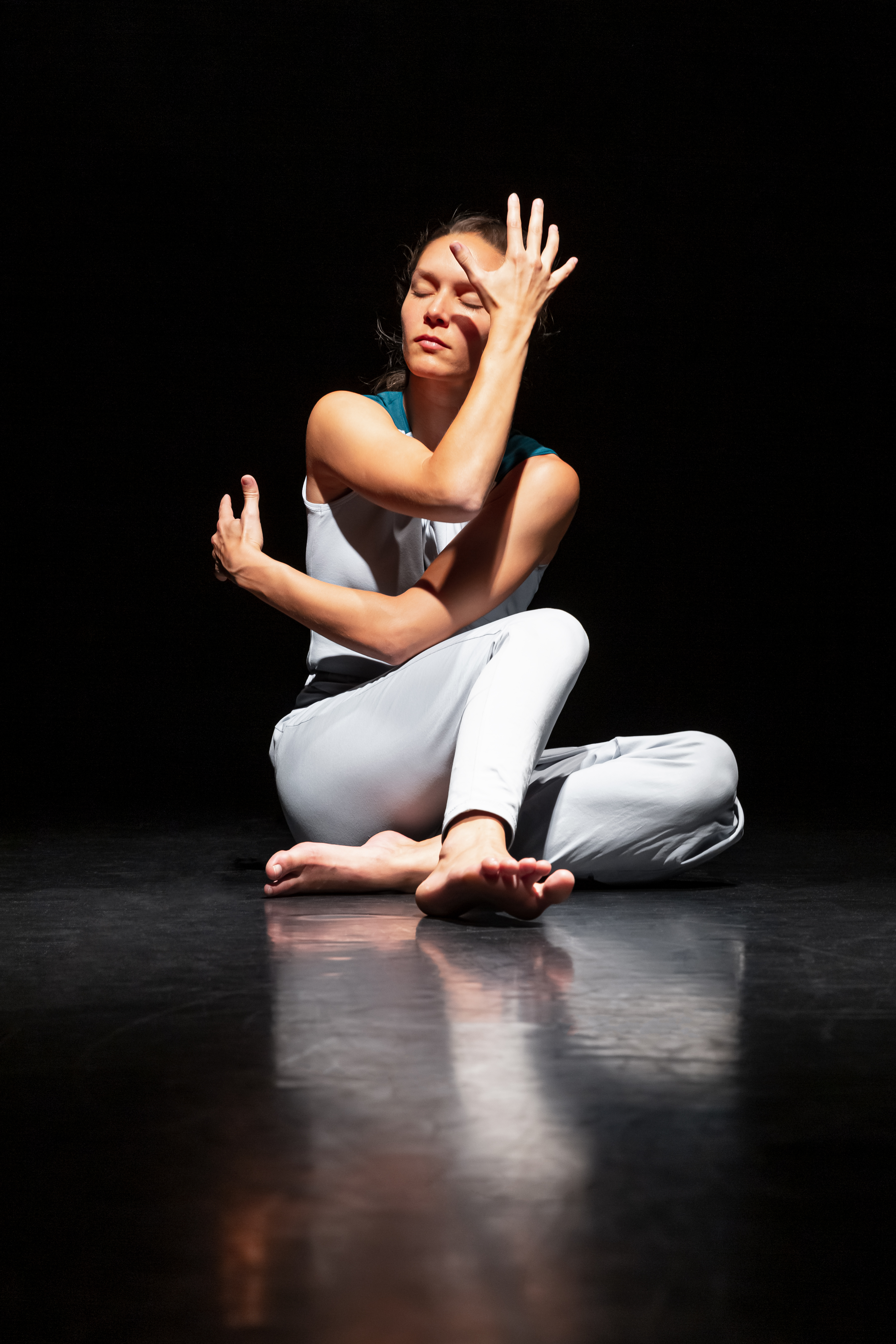The hug: an everyday yet multifaceted motif of human closeness that can stand for tenderness, security, eroticism, comfort or friendship – and today, suddenly, also for danger and frivolity.
The dance production umarmen deals with the longing for hugging as an expression of human connection. In times of forbidden physical contact and the associated rapid increase in digitalization, the hug represents a precious moment of human closeness, perhaps even an anachronism.
umarmen uses abstract and specific movement language to explore the desire for closeness, connection and to be accepted as one is - a dance piece in search of closeness despite distance.
Choreography: Fabian Cohn
Dance: Chiara Alessandro, Jonathan Bringert, Amie-Blaire Chartier, Gabriel Lawton und Mara Sauskat
Music: Christian Grothe
Costume: Katharina Korb
Light design: Ole Schwarz
Dramaturgy: Dominika Cohn
Choreographic Assistant: Marco Barbieri
Production Aassistant: Paula Warkotsch
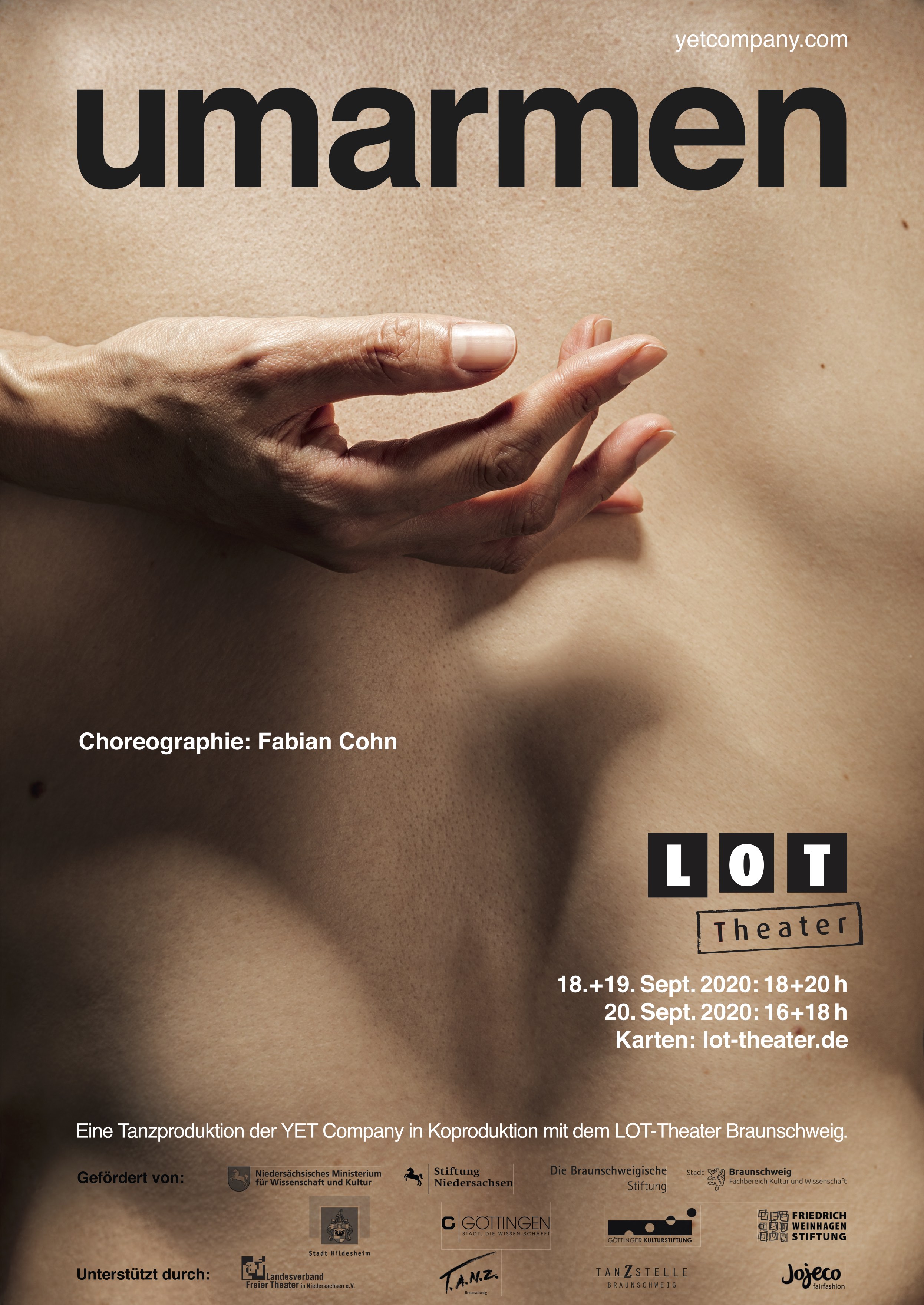
2020
Shows:
LOT-Theater, Braunschweig
boat people projekt, WERKRAUM Göttingen (abgesagt infolge Corona-Pandemie)
Theaterhaus Hildesheim (abgesagt infolge Corona-Pandemie)
Press:
With a touch of tenderness - By Andreas Berger
Published in the Braunschweiger Zeitung on September 23rd, 2020
Fabian Cohn and his dancers spell out all forms of approach and longing in "hugging" in the LOT.
Fabian Cohn's "hugging" in the LOT theater has nothing to do with buddy-like shoulder clapping and kiss-kiss hugs. The Braunschweig choreographer and his five dancers from the Yet Company explore the body feeling of individuals and how they gently approach each other in a highly sensitive and delicate way.
There is a lot of slow motion, quiet, carefully groping unfolding to be seen when the first dancer discovers himself for the first time. One's own touch is followed as if one could still feel the warmth of one's own hand, which has just moved away. Or he crouches between his drawn-up knees as if he were hugging himself, creating his own protective ball. But then a beautiful, liberating, sweeping body swing emerges, which finally throws away all anxiety.
The dancers now go to the limits of gravity, swaying until they fall. Two collapse, intentionally again, touch each other carefully because they are breaking social distance, the other reaches out, puts the other's hand to his face, is rocked and carried by him. The longing is palpable in the delayed touch, the desire for further security in the embrace.
Strong erotic desire appears when a male dancer stands close to a female dancer, face to face, but without touching. The longing is palpable. But he hesitates to return her embrace, withdraws, she remains alone with her arms outstretched. Not every longing is fulfilled. The body explorations also carry stories within themselves.
Cohn changes the tempo well, contrasting the many slow approaches, body stretches and spatial seizures with lively group scenes in which the dancers wriggle on the floor like fish or tangle up. Then they lie quietly on their sides again, their legs floating in space, as if the air were now caressing their bodies. It is nice to see how Cohn discovers, makes tangible and expresses muscle by muscle. An elegant, elementary dance language. Chiara Alessandro, Jonathan Bringert, Amie-Blaire Chartier, Gabriel Lawton and Mara Sauskat fit into it sensitively.

